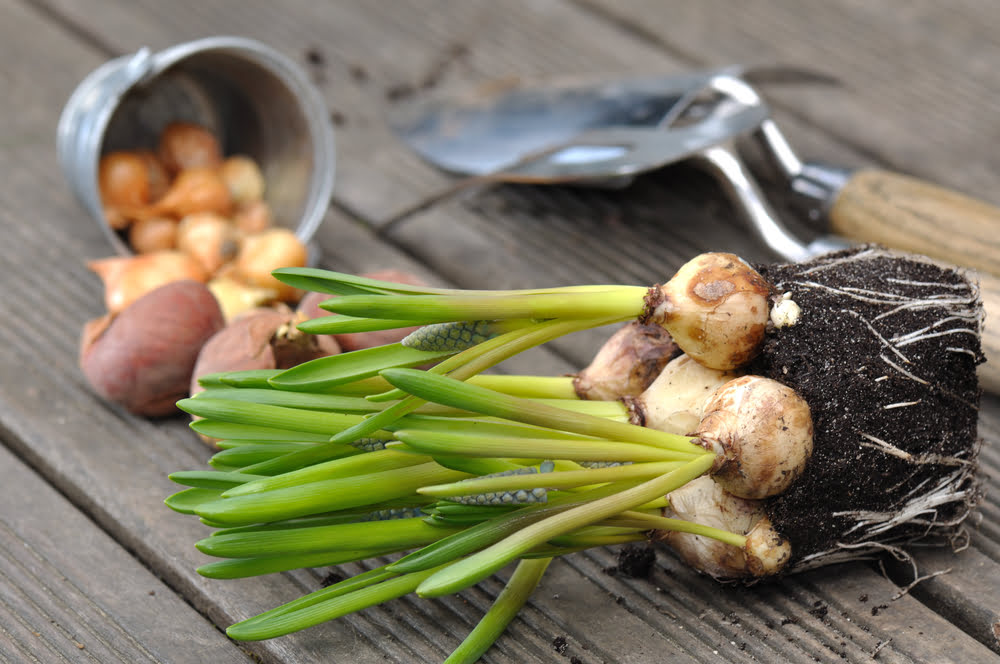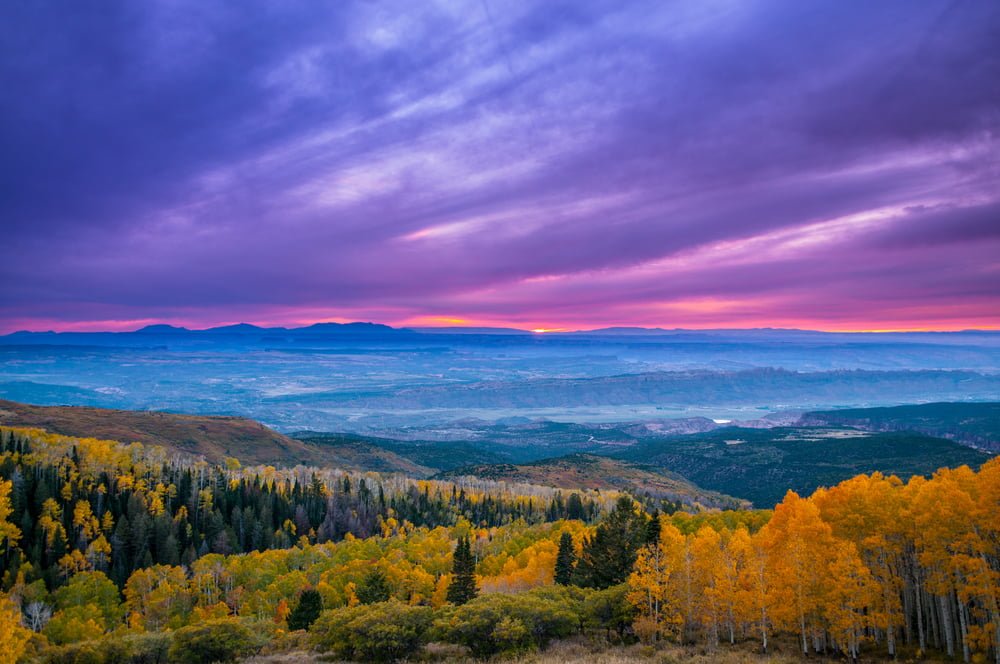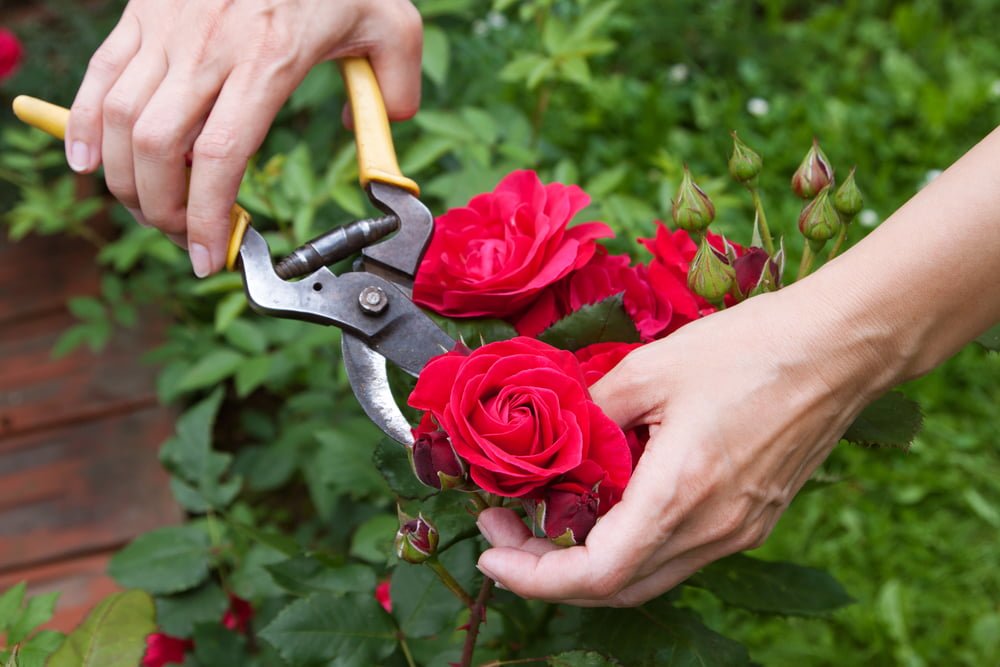
Here in northern Utah, rose bushes are some of the most popular flowering plants. After all, they’re beautiful, easy to care for and hardy enough to survive our weather extremes. To keep them healthy and looking great, it’s important to prune your rose bushes the right way.
Why Pruning Is Important
Pruning your roses doesn’t just improve their appearance; it also promotes large and beautiful blooms! If you don’t remove the dead, diseased and weakened wood from your bush, it will quickly become overgrown and produce small, poor-quality flowers.
Know Your Rose
If you’re going to become a rose-pruning pro, you need to know what you’re working with. Roses can generally be separated into two types: single blooming plants and repeat blooming plants. The type of rose you have determines how and when to prune.
Single blooming plants bloom in the spring and early summer, and the flowers grow on the wood from the previous season. The repeat blooming plants produce flowers constantly throughout the season, and yield flowers from the wood that began growing in the spring.
How to Prune
Continuously blooming bushes need to be pruned in the spring before any new growth starts. Begin by getting rid of all the dead wood, and then cut the bush back to an even height. Make sure to leave as much healthy wood as you can. The best length to leave the wood is 24 to 36 inches long, but if the winter was particularly harsh, you may have to prune it down farther.
Single blooming roses can be pruned after they have started to bloom. Simply remove the dead and diseased wood and any weak stalks. It’s a good rule of thumb not to let the wood stalks grow for more than three seasons before removing them, and make sure not to let them become too crowded.
Pruning in the summer will improve the quality of your flowers too. Just remove unwanted growth, weak shoots or any damaged stalks whenever you’re removing spent blossoms.
At the end of the growing season, leave the last blooms on the plant until you’re ready to do one final pruning. At that time, remove any overly long or damaged canes. Don’t over-prune in the fall, however, or you will leave the plant susceptible to damage over the winter.
A Few Final Tips
If you’re making large pruning cuts, use a sealer on the open cut to prevent any borers from getting into the stem and wreaking havoc on your plant. Also, use high-quality tools to make your cuts. Fine-tooth saws, loppers and hand shears are all popular, but most rose enthusiasts prefer having one pair of good stainless steel bypass shears that are used only for roses.
If you use your shears on other plant species, be sure to sterilize them before using them on the roses, because rose bushes are susceptible to a variety of diseases.
We here at Millcreek Gardens have been providing the finest roses to northern Utah gardeners since 1955. Stop by today and let us help you with selecting, planting and caring for your rose bushes.




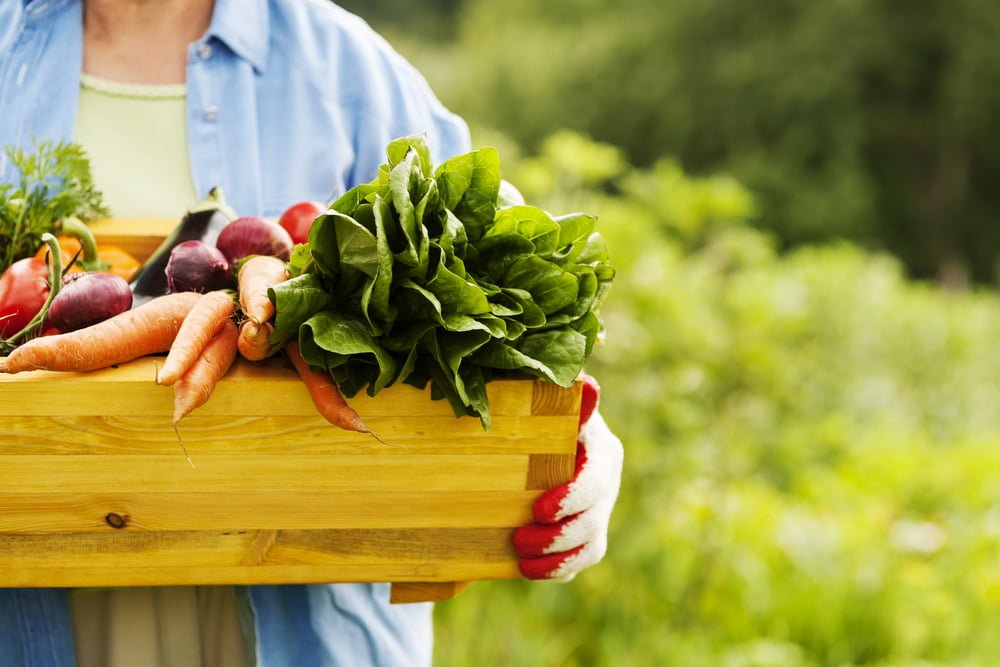
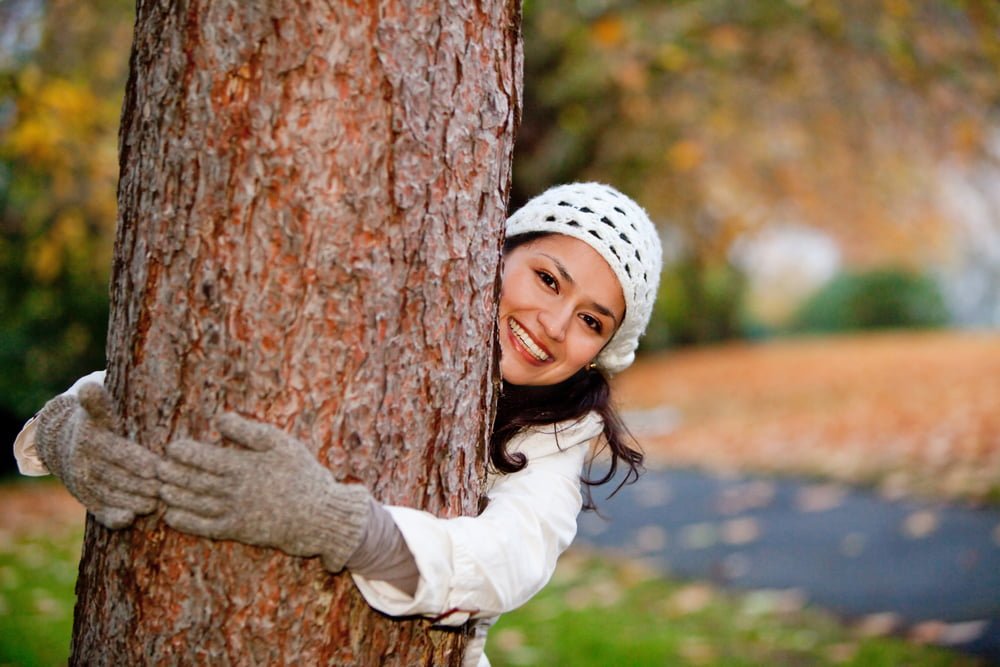

 Past trends emphasized complex and highly structured paths using poured concrete and pavers. These projects posed a challenge for do-it-yourselfers, in that they were both expensive and complicated to build. Fortunately, today’s trends buck that overly complex approach. Instead, landscape designers have turned to a more organic approach, using simple and natural materials paired with structured, geometric designs.
Past trends emphasized complex and highly structured paths using poured concrete and pavers. These projects posed a challenge for do-it-yourselfers, in that they were both expensive and complicated to build. Fortunately, today’s trends buck that overly complex approach. Instead, landscape designers have turned to a more organic approach, using simple and natural materials paired with structured, geometric designs.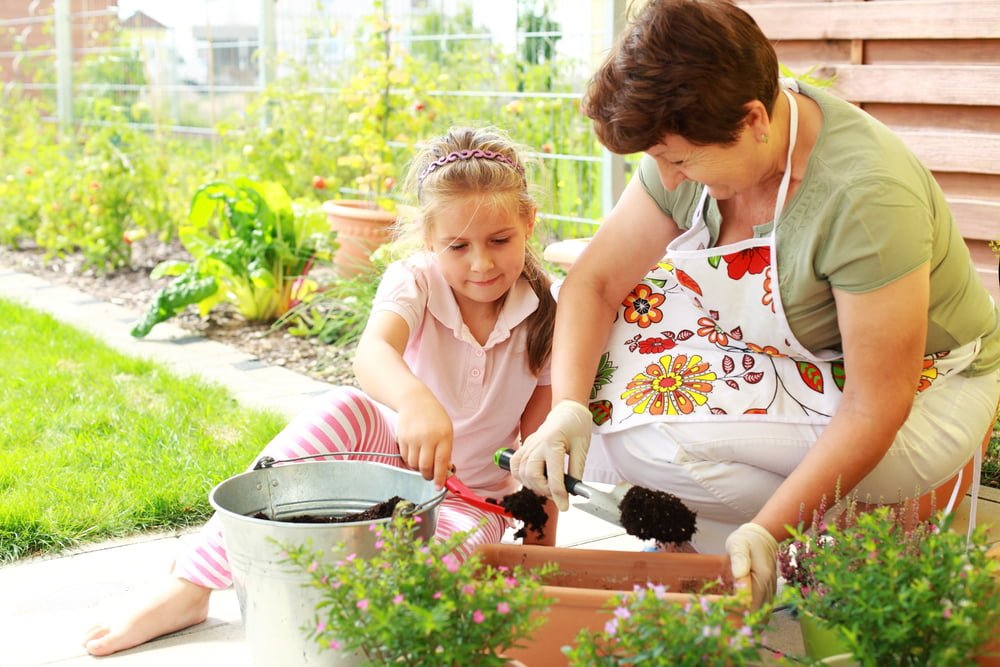 Planning and tending to a family flower or vegetable garden can be exciting for the whole family, including your children, especially if they have their own tools. Working in a garden can seem like play when kids get to use tools with fun designs and bright colors. Cultivate the green thumb in your children by choosing the right supplies to make
Planning and tending to a family flower or vegetable garden can be exciting for the whole family, including your children, especially if they have their own tools. Working in a garden can seem like play when kids get to use tools with fun designs and bright colors. Cultivate the green thumb in your children by choosing the right supplies to make